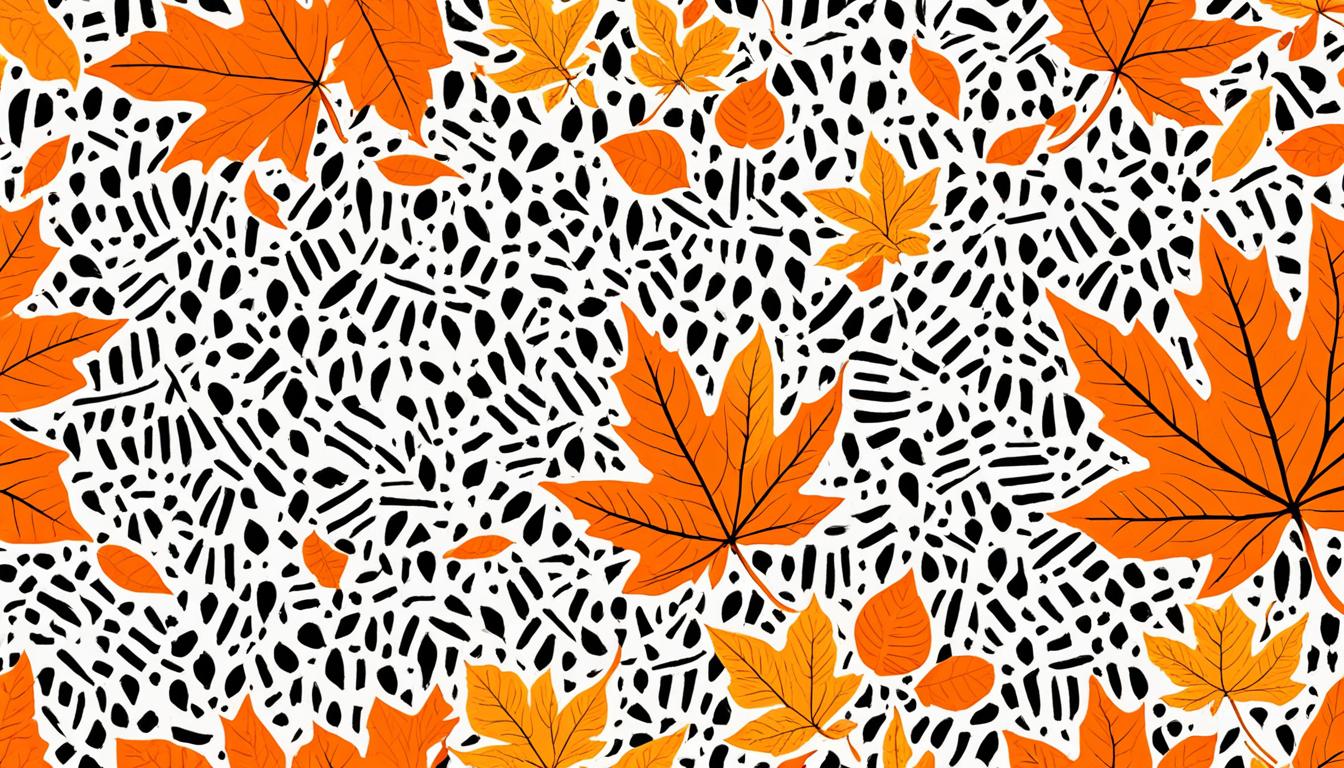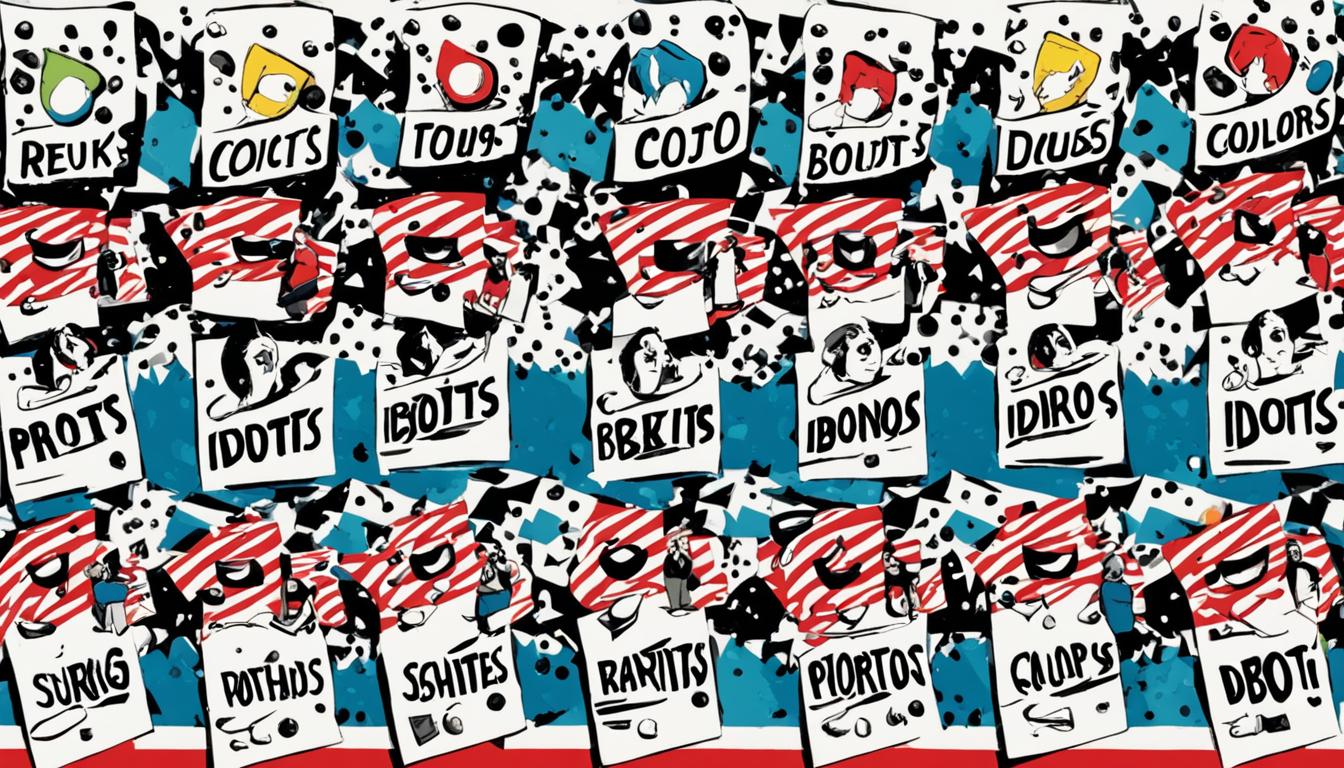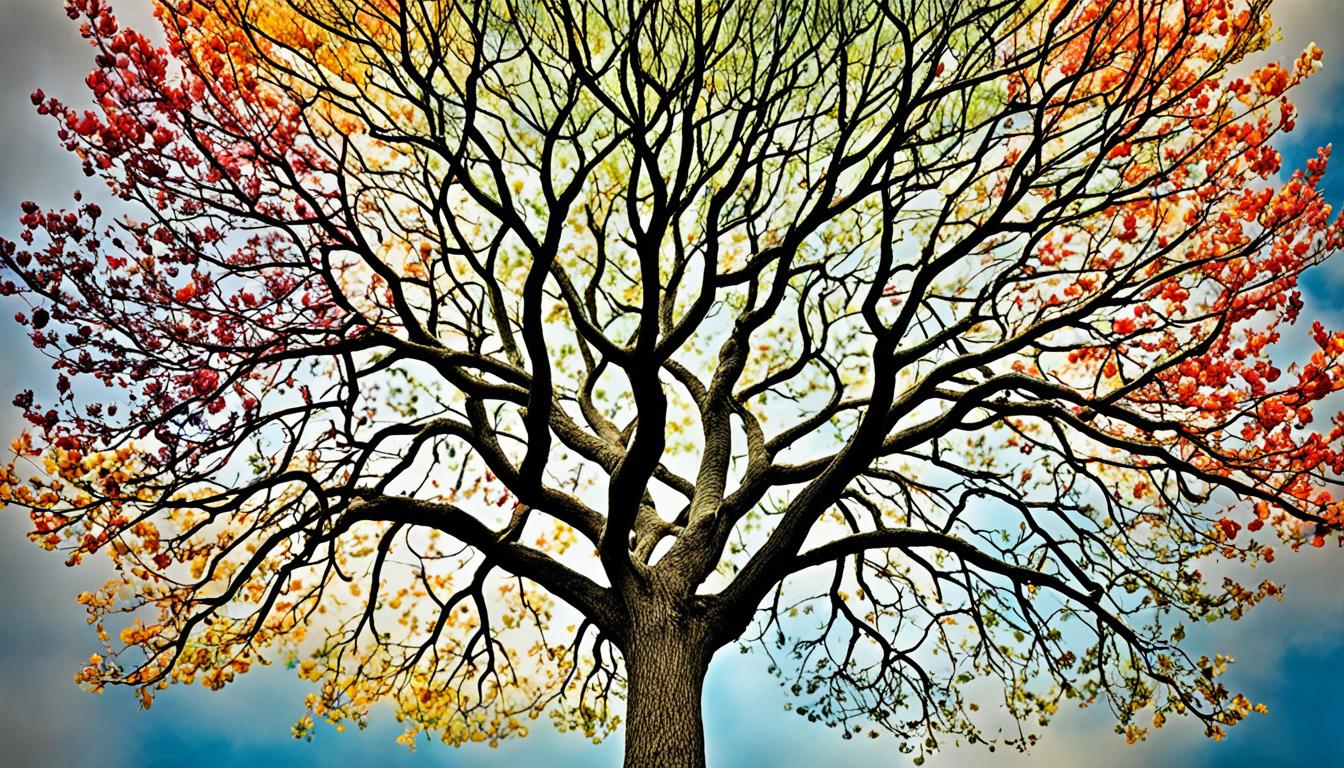Colors evoke strong emotional responses that influence how you feel, perceive, and act. For example, red can boost energy or signal danger, while blue promotes calmness. Cultural meanings also shape these reactions—white is purity in one culture but mourning in another. Your personal experiences further influence how you respond to different colors. Understanding these basics helps you see how colors impact your mood and behavior, and if you explore further, you’ll uncover even more fascinating insights.
Key Takeaways
- Colors evoke automatic emotional responses based on their cultural and personal associations.
- Red often signifies passion, energy, or danger, influencing feelings differently across contexts.
- Cultural variations alter color symbolism, affecting emotional reactions and social norms.
- Personal experiences shape individual responses to colors, impacting perception and mood.
- Understanding color psychology helps in designing environments and messages that evoke desired emotions.

Have you ever wondered how colors influence your feelings? It’s more than just a visual experience; colors carry meaning and can trigger emotional responses without you even realizing it. This is where color symbolism comes into play—each hue can evoke specific feelings based on cultural color significance and personal associations. For example, red often symbolizes passion, energy, or danger, but in some cultures, it’s also a symbol of luck and prosperity. Understanding these nuances helps explain why the same color can evoke different emotions depending on where you are or what background you have.
Color symbolism isn’t universal. In Western cultures, white is typically associated with purity and innocence, making it popular for weddings and bridal gowns. Conversely, in some Eastern cultures, white can symbolize mourning and death. These differences highlight how cultural color significance shapes our emotional responses to colors. When you see a red flag, you might feel a sense of urgency or excitement; in another context, a red flag could evoke danger or warning. Your reactions are deeply rooted in the cultural meanings attached to those colors, which influence your subconscious perceptions.
Cultural color meanings shape our emotional responses and perceptions.
The cultural significance of colors extends beyond individual feelings—it also impacts social interactions and expectations. For instance, in many Asian societies, wearing red during celebrations signifies good fortune and happiness, encouraging feelings of optimism and joy. Similarly, black is often associated with mourning in Western cultures, but in some African and Asian traditions, it can symbolize maturity, power, or spiritual strength. These variations demonstrate how cultural color significance shapes not only personal emotions but also societal norms and customs.
Your emotional responses to colors can also be influenced by personal experiences, but understanding the broader cultural context enhances your awareness of why certain hues affect you the way they do. When designing a space or choosing an outfit, considering the cultural and symbolic meanings of colors can make a big difference in how you and others feel about the environment. For example, if you want a calming atmosphere, knowing that blue often symbolizes tranquility and trust in many cultures can guide your choices in decor or clothing.
Additionally, awareness of the color symbolism can assist in effective communication, as colors can reinforce messages or evoke specific reactions in different audiences. In essence, colors are powerful tools in shaping emotions because of their rich symbolism and cultural significance. They communicate messages beyond words, tapping into shared cultural meanings that influence your mood and perceptions. Recognizing these connections allows you to be more intentional with how you use and interpret colors in different contexts, ultimately helping you navigate your emotional landscape more consciously.
Frequently Asked Questions
How Do Cultural Differences Influence Color Perception?
Cultural differences considerably influence your perception of color through cultural symbolism and color associations. In some cultures, red symbolizes luck and prosperity, while in others, it signifies danger or warning. These associations shape how you interpret colors in various contexts. You might feel differently about a color depending on your cultural background, which affects your emotional response and understanding of its meaning in different settings.
Can Colors Impact Decision-Making in Professional Settings?
Colors profoundly impact your decision-making in professional settings through color symbolism and psychology in marketing. When you see blue, you often feel trust and calm, making it ideal for financial or healthcare brands. Red can boost urgency and excitement, prompting quicker actions. By understanding how colors influence perceptions, you can choose the right hues to shape client responses, enhance branding, and foster positive engagement in your workplace.
Are There Any Health Risks Associated With Certain Colors?
Certain colors in your environment can have health implications, especially if used excessively or incorrectly. Color therapy suggests that specific hues may influence your mental and physical well-being, but overexposure to bright or intense colors might cause stress or headaches. To avoid health risks, balance your use of colors, and consider how different shades affect your mood and body, ensuring they support your overall health rather than hinder it.
How Do Colors Affect Mood in Therapeutic Environments?
You might think colors don’t influence mood, but in therapeutic environments, they play a crucial role through color psychology and environmental design. Bright, calming hues can reduce anxiety and promote relaxation, while warm tones energize patients. By thoughtfully choosing colors, you create spaces that foster healing and emotional stability. So, yes, the right colors greatly affect mood, helping you enhance therapeutic outcomes and patient well-being.
Do Individual Personality Traits Alter Color Emotional Responses?
Your personality influence plays a significant role in how you emotionally associate with colors. Different traits can heighten or lessen your responses to specific hues, meaning that your emotional reactions aren’t universal. For instance, you might find bright colors energizing, while others see them as overwhelming. Understanding your personality traits helps you better interpret your emotional responses to colors, allowing for more personalized and effective use of color in your environment.
Conclusion
Understanding how colors influence your emotions is like opening a secret garden within your mind. By recognizing these psychological cues, you can harness colors to uplift your mood or create calm in chaos. Remember, your environment is a canvas painted with feelings waiting to be explored. So, next time you choose a shade, think of it as selecting a brushstroke for your emotional masterpiece—each hue shaping the story you want to tell yourself every day.
Felicity, our Author, pens in-depth articles and guides that delve into the heart of personal discovery. Her narrative-driven approach weaves together theory, practice, and personal anecdotes, making the journey of self-exploration both relatable and inspiring. Felicity’s contributions help illuminate the path for those seeking a deeper understanding of themselves and their relationships.









